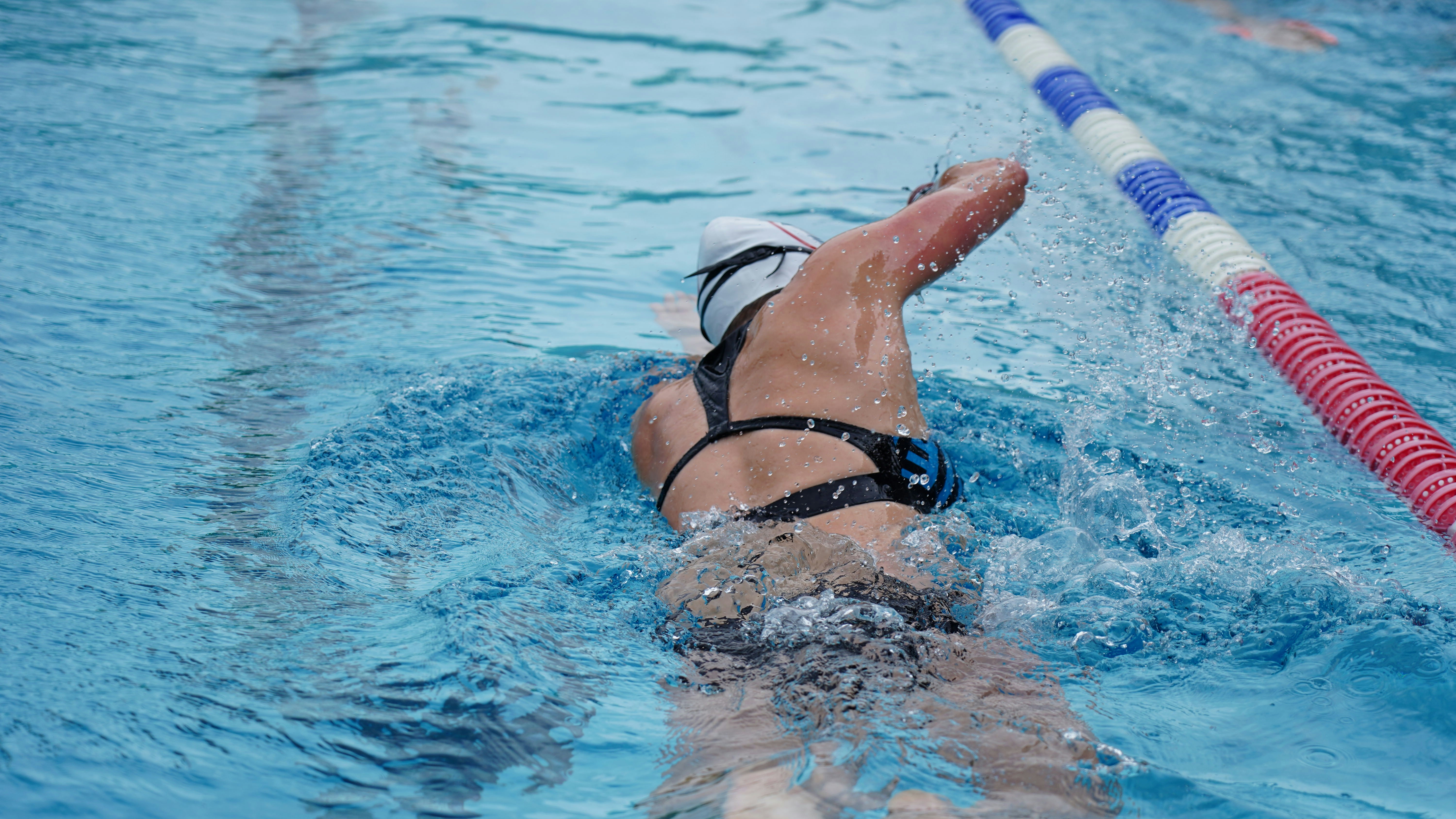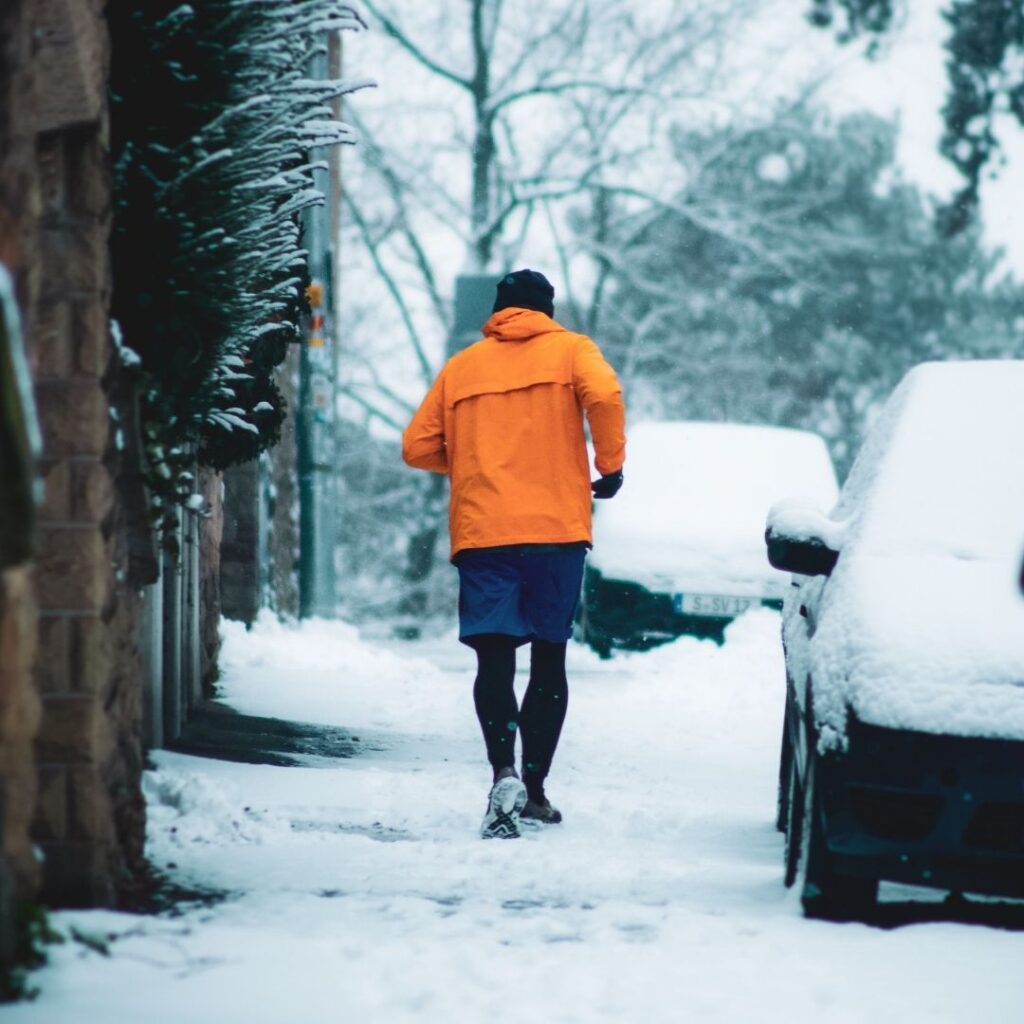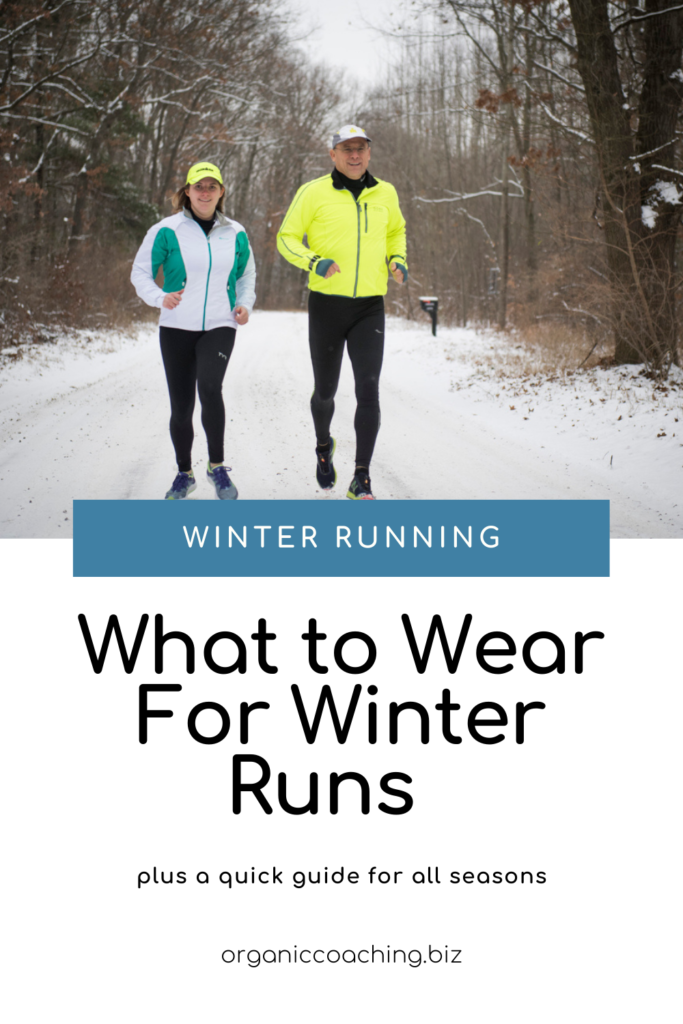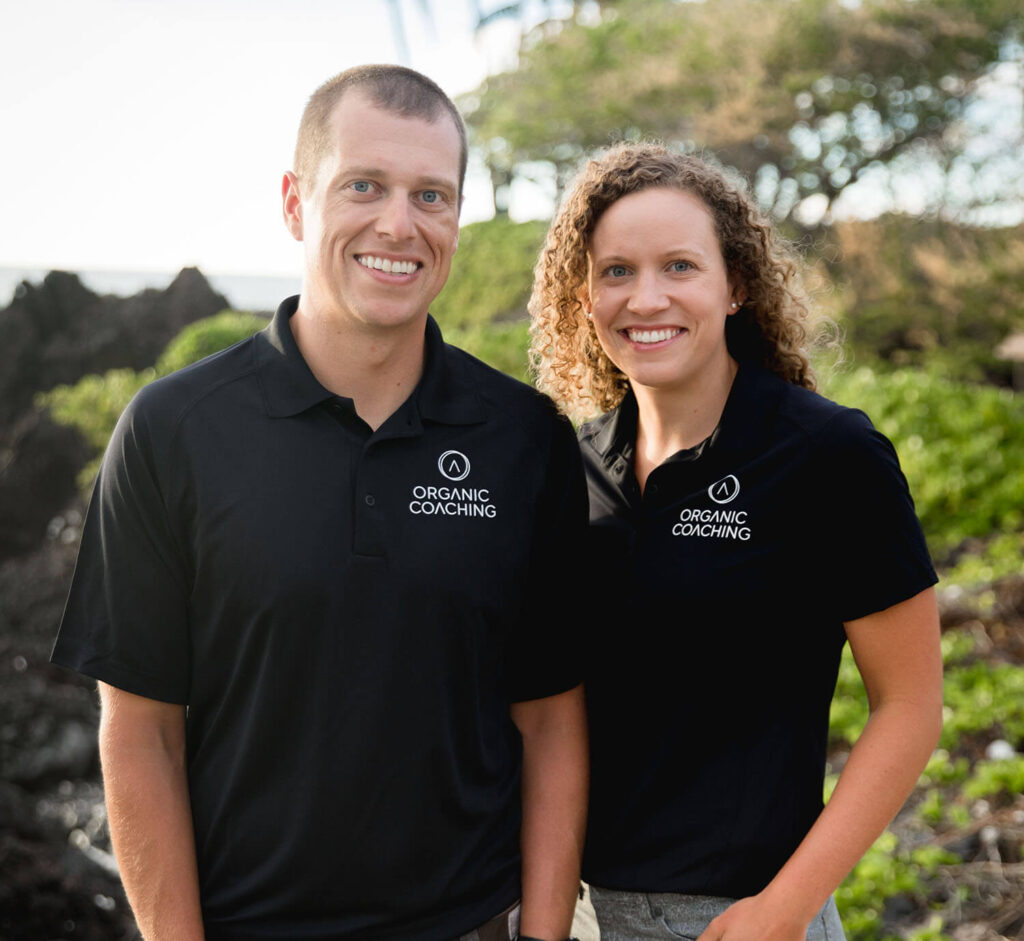

Once upon a time, I used to overdress for my winter runs…okay, so maybe I still do on occasion. Old habits die hard! Like so many athletes, I use to find myself wondering what to wear for winter runs. Without a doubt, I would head out the door feeling comfortable in my 10,000 layers, and ready to smash my run!
Then a mile or two into the run I was starting to sweat and frantically unzipping my jacket, removing my hat and gloves, and stuffing them into my pockets or anywhere I can get them to stay! I was overheating under all those layers and then I would start freezing from my base layers being drenched in semi-frozen sweat.
Sounds miserable right? Well, I’m here to help you learn from my many layering mistakes so that you can know exactly what to wear for winter runs!
Dressing like it’s 20 degrees warmer than it is will help ensure you don’t over-layer. You should always start your run a little cold, if you are comfortable walking out the door that’s your first sign you’re overdressed. It’s better to be slightly cold and dry, than overly warm and sweating (which can freeze and lead to hypothermia). If you already feel toasty on the first mile of your run, you’re probably overdressed.
*Pro Tip: Tuck your shirt into your running pants to seal maximum warmth around your core.
What you wear is only one piece of the running safety puzzle – make sure you know (and do!) these 6 actionable running safety tips!
-Coach Carly


Carly and Tyler Guggemos built Organic Coaching in 2014 with a simple philosophy that works. The idea is to take what you have and grow it to get faster, fitter and stronger. And to do it with the time you have – not the time you wish you had.

For athletes who are ready to take their training to the next level while still thriving and succeeding in their professional and family life.
Copyright © 2024 Organic Coaching LLC